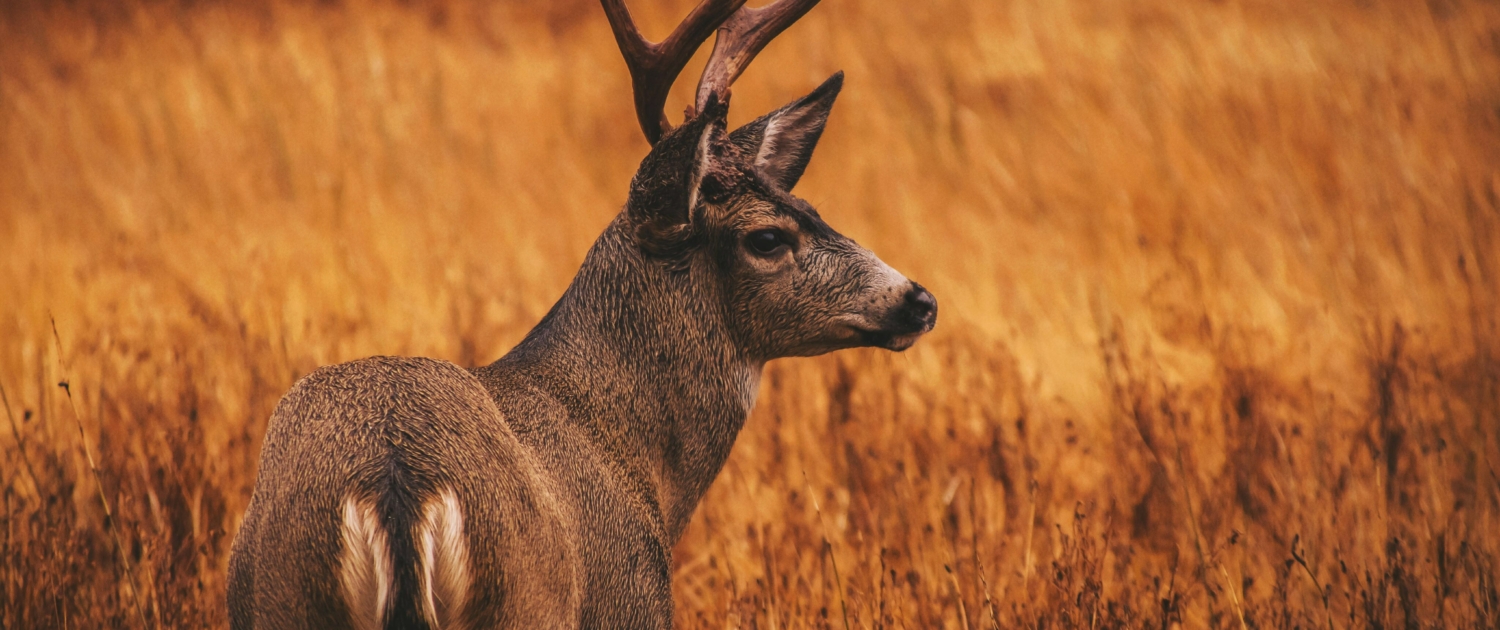Effects of Climate Change on Hunting and Gathering
Traditional activities of Indigenous peoples will be affected by climate change as a result of the northward shifting of ecosystems or the disappearance of species due to physical changes on the land. For example, the agricultural ecosystem may shift northward due to warmer temperatures in the north. This may lead to economic benefits for Indigenous communities who want to participate in the agricultural economy.
However, wildlife habitat will be threatened as a result of changing ecosystems, which is important for traditional activities such as hunting or for social and cultural activities related to wildlife or their habitats (Cohen, 1997). As habitats change due to climate change, wildlife patterns will also change. Wildlife species will adapt to the new environment and will change their migration patterns and calving grounds. Indigenous communities are not as mobile as they once were long ago. Communities have a difficult time relocating to areas of abundant wildlife. As the surrounding environment changes, for example, if agriculture becomes the dominant sector in the surrounding areas, Indigenous communities may have to alter their cultures and traditional activities to follow suit. Teachings and lessons passed on to younger generations that we once associated with the activities of hunting or gathering may not be passed down. The traditional activity of collecting these medicinal plants is under threat because of climate change. Vegetation will likely be negatively affected by climate change, as a result of changes in temperature, moisture, insects, disease, and ecosystem shifts. Indigenous peoples may experience the disappearance of local sources of plants, or perhaps even extinction of entire plant species because of climate changes. People in the prairie region of Saskatchewan are noticing that the abundance of sweetgrass, a traditional medicine important to Indigenous culture in the regions, are threatened by a changing environment.
Elders tell of a time when vast fields of sweetgrass grew abundantly on the prairies. During these times, the Sweetgrass would grow “waist-high” and now only certain areas of sweetgrass can be found and these plants are rarely over “knee-high”. When plant species are threatened, so is the Traditional Knowledge associated with the use of those plants. The sharing of Traditional Knowledge and common experiences through medicine is part of First Nations’ social values and structures. Conservation of sacred ecosystems and plant species is essential to ensure that populations of them remain for the continuation of the Traditional Knowledge and traditional activities associated with them. Traditional lifestyles are being threatened by other factors besides climate change such as overexploitation of natural resource-based industries (e.g. forestry), changes in wildlife harvesting opportunities, inability to pass on Traditional Knowledge to youth because of the death of elders who possess this knowledge, poverty, and loss of traditional languages. If changes due to a warming climate occur quickly or are unpredictable, they will intensify the impacts of some of these already existing threats to traditional lifestyles. The impacts of climate change on the environment will leave traditional First Nations in a vulnerable position and traditional activities would be at risk of disappearing (Cohen, 1997).


